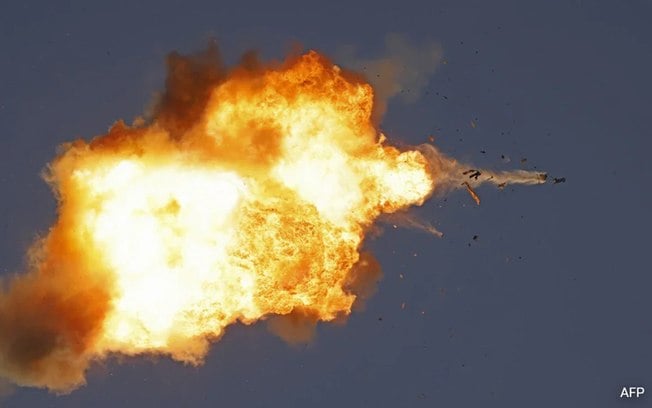In the early hours of Sunday (25), Hezbollah, an Iranian-backed paramilitary group, communicated the launching more than 300 rockets known as “Katyusha“ against Israel. Most of the devices were intercepted while still in the air by the Israeli air defense system.
Hezbollah-launched rockets were created in the former Soviet Union during World War II. The name “Katyusha” means “little Katy”.
According to the Center for Strategic and International Studies (CSIS), this type of device is fired from launchers and is not guided.
One of the characteristics of Katyusha rockets is their low flight and short trajectory, which increases their threat level against targets, as it makes them more difficult to intercept.
Today, Hezbollah has several models of the Katyusha, with different ranges and sizes. Some versions make trips of up to 40 km and carry a 20 kg warhead, with high destructive power.
One of the best known, according to CSIS, is the model that carries 6 kg of ammunition and travels up to 20 km. During the explosion, the rocket also disperses fragments, which increases its destructive power.
A 2006 survey found that Hezbollah had between 7,000 and 8,000 107mm and 122mm Katyusha rockets. The number has increased a lot in recent years, according to CSIS experts.
One of the main suppliers of this type of rocket to Hezbollah is Iran, which has also delivered to the group a number of launchers, including truck-mounted ones.
“Lebanon’s resistance today has weapons, equipment, capacity, limbs, structure, skill, expertise and experience, as well as faith, determination, courage and strength like never before. The coordinates of our targets are in our hands and the missiles are positioned, ready and focused on them, in complete secrecy,” Hezbollah said in a statement on August 16.
Escalation of the conflict
Sunday’s bombardment came from Hezbollah bases in Lebanon, in retaliation for the assassination of its top commander last month in an Israeli strike.
In an attempt to thwart the major attack, Israel launched 100 fighter jets to bomb 40 of the group’s targets on Lebanese land. The government also declared an emergency.
Want to stay on top of the main news of the day? Join our WhatsApp channel and our community on Facebook.
